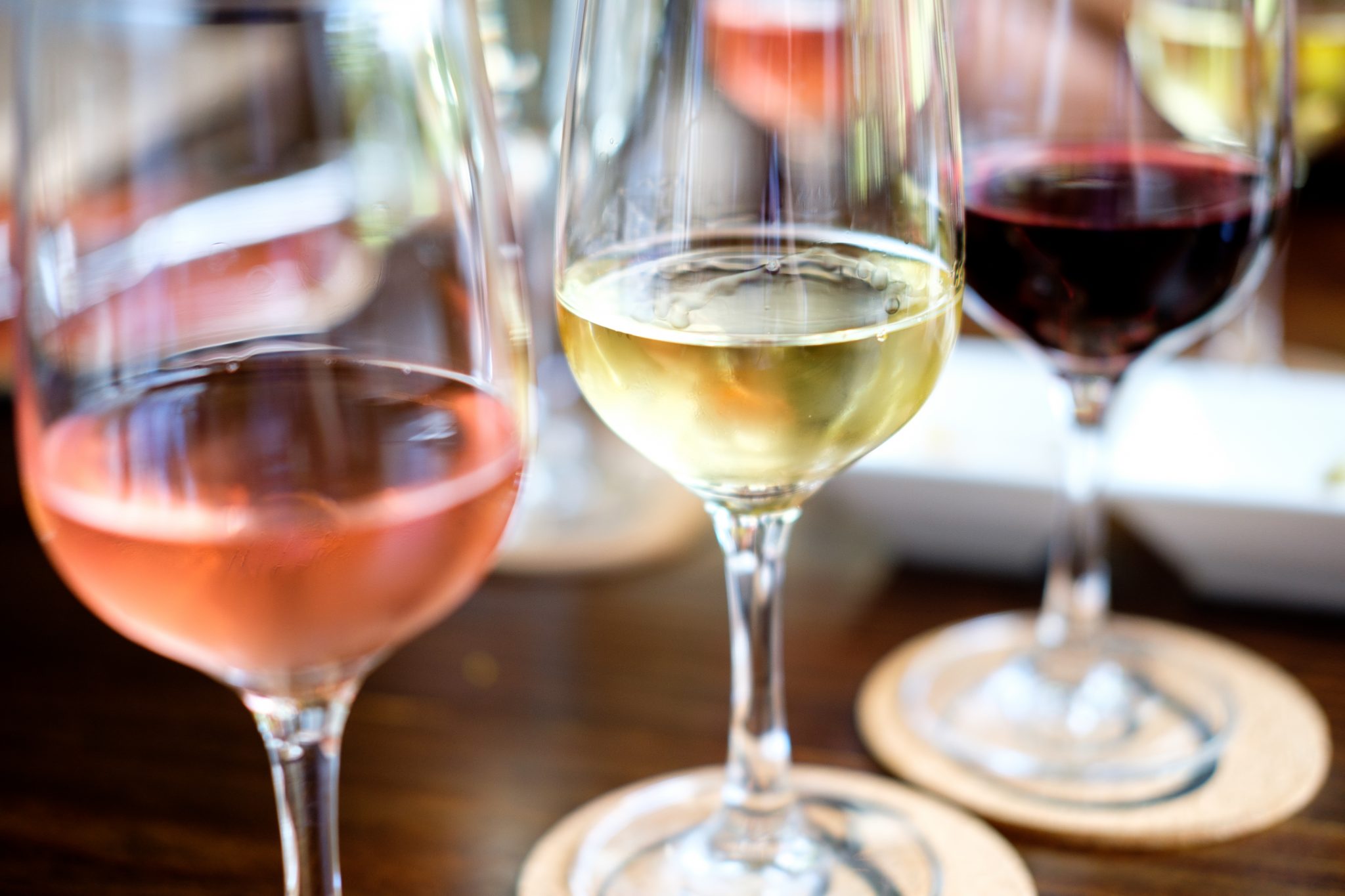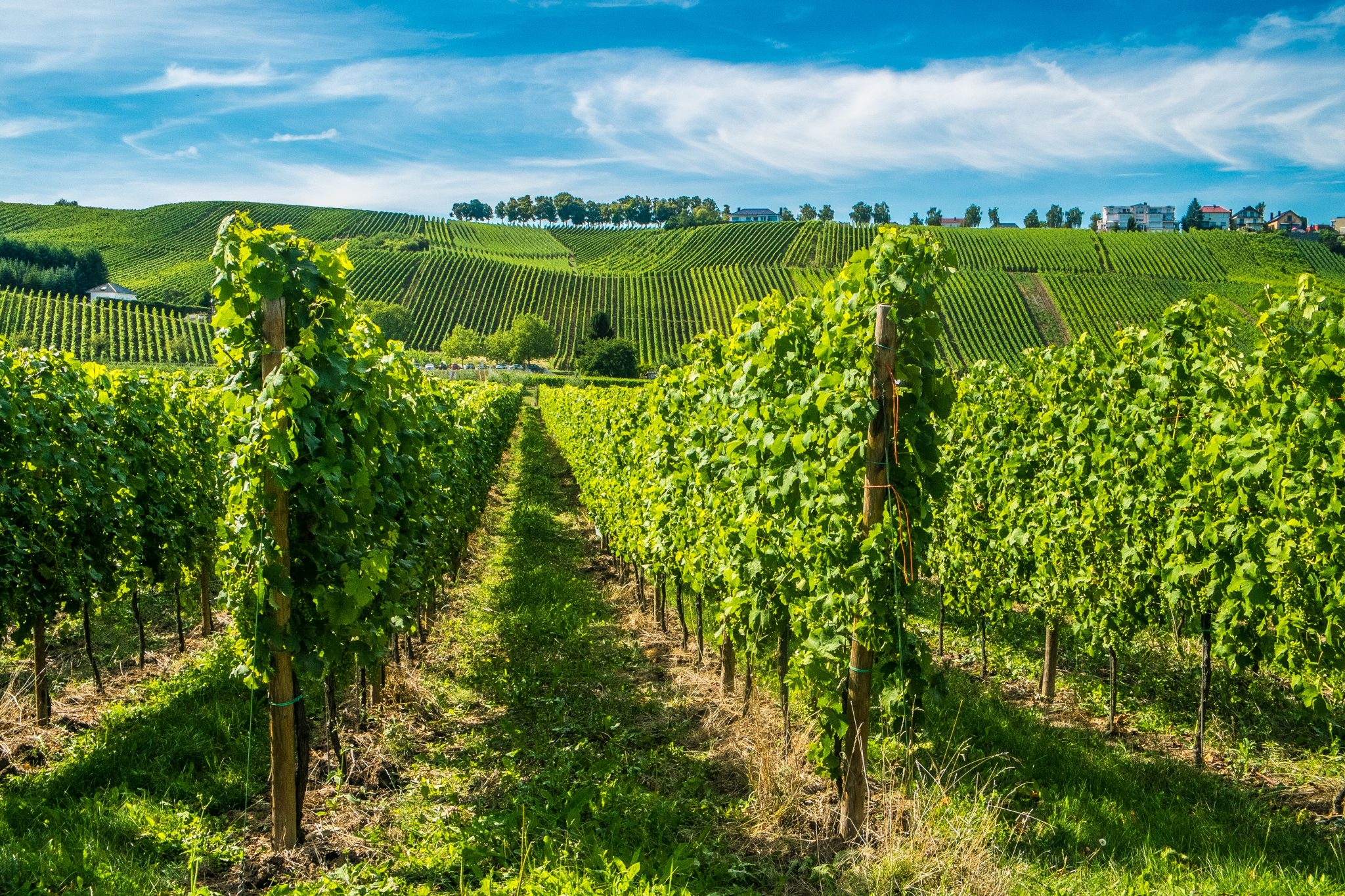In a previous post, I mentioned that Descriptive Analysis (DA) is one of several sensory evaluation methods which is gaining popularity in the global food and wine industry. The need to profile food and wine products reliably derives from a need to meet consumer preferences. It can also be a tool used to reach regulatory compliance as is the case in Europe with “Protected Designation of Origin” products.
Descriptive analysis is a powerful tool for the characterisation of wine varietal character and typicity. A review of the sensory research literature shows that trained sensory panels have successfully used this methodology to discriminate wines based on their varietal character in blind tastings.1 It has also been demonstrated that the sensory perception of wine varietal character changes with the geographical area: groupings of new world and old world Sauvignon Blanc wines have been differentiated based on their sensory attributes.2 A recent study goes further and reports differentiation based on sub-regional aroma differences between New Zealand and French Sauvignon Blanc wines.3 Other researchers successfully achieved sensory differentiation between Sauvignon Blanc wines from the Marlborough region based on enological practices, specifically the level of ripeness of the grapes at harvest and whether or not the grape juice was chaptalized.4

The sensory typicality of wine is a concept that goes beyond varietal character. It supposes that wine can be defined by sensory attributes that reflect grape varietal character, soil, enological practices and vintage. Since the publication of the European Protected Designation of Origin legislation, interesting sensory research has taken place that uses descriptive analysis as a reference for wine typicity. In France, Cadot and his team explored conceptual and perceptual wine typicity for Anjou-Villages Brissac wines, a small red AOC appellation.5 Wines were compared to non-AOC wines from the same geographical region. His study showed the relevance of a descriptive analysis sensory panel which assessed the two wine groupings reliably using twenty-one sensory attributes. However, while some attributes discriminated between the two wine groupings and correlated well with typicity assessments from wine professionals, clear distinction between the 2 groups of wines could not be achieved.
The strength of descriptive analysis relies on the use of a common language of specific aroma, flavour and taste descriptors to describe wine. Panelists are trained to recognise and rate the attribute intensity reliably. There is an increasing interest in introducing wine professionals and amateurs to descriptive analysis in order that they can use a common language to describe wine quality. For instance, wine aromas are described according to the wine aroma wheel developed by Ann Noble (UC Davis). Proof of the interest in “standardising” the assessment of wine can be seen in the course offerings of various learning institutions. As an example, UC Davis – Extension currently offers a descriptive analysis course of white and red table wines.

Because of their expertise and repeat exposure to the product, wine professionals develop superior sensory acuity and product memory. They are able, when formally trained, to reach consensus on the intensity of defined descriptors perceived in the wine. In contrast, studies have shown that wine enthusiasts trained in traditional appreciation of wine use a subjective language to characterise sensory perceptions. In blind tasting and when using a formal methodology, these non-experts fail to reach a consensus on wine sensory characteristics.6
While some experts say that prior knowledge of the sensory profile of wine is important for judging typicity, 1 some have shown that it is not always a pre-requisite. A trained panel made of French enology students, with no prior sensory knowledge of New Zealand Sauvignon Blanc wines but experienced in tasting French Sauvignon Blanc wines, was able to differentiate between the two distinct geographical varietals.3
Furthermore, Cadot’s work of Anjou wines highlighted some interesting findings regarding the conceptual and sensory abilities of wine professionals who were asked to evaluate the typicity of Anjou- Villages-Brissac wines.7 In this study, sensory results were compared to technical data reflecting enological practices. Using sensory methods that didn’t require formal training on sensory attributes, wine professionals assessed the Anjou-Villages-Brissac wine typicity using a list of descriptors generated during interviews. Study results demonstrated that wine professionals didn’t reach consensus on the perception of certain wine attributes and could not clearly distinguish AOC from non-AOC wines. Moreover, a gap between conceptual and perceptual assessments of wine typicity was reported. While soil was thought to be prevalent in the sensory typicity of the wines, enological practices (date of harvest and vatting times) had a more important impact on the sensory profile of the wines. The author suggests that physiological factors may have affected the sensory perception. He also adds that wine professionals may have perceived complex wine attributes such as soft tannins differently. Nadot also suggests that wine professionals may have rated the wines subjectively based on their preferences and visual clues. In addition, they may have also rated the wines according to an internal sensory reference shaped from experience.
These study findings support the use of descriptive analysis as an analytical method for sensory profiling that can attest of the varietal character or typicity of wine. Justifying French AOC geographical delimitations using sensory analysis may not be realistic but linking a geographical grape growing region to well-defined sensory attributes is worthwhile for the preservation of wine styles and winemaking know-how. It is also important for wine buyers who wish to make an informed purchase and enjoy the sensory experience. The research presented also highlights the importance of panel calibration, familiarisation with the sensory methodology and minimisation of bias to produce objective sensory data. Descriptive analysis can make a positive contribution to the wine industry.
References
1. Maitre, I., Symoneaux, R., Jourjon, F., & Mehinagic, E. (2010). Sensory typicality of wines: How scientists have recently dealt with this subject. Food Quality and Preference, 21(7), 726-731. doi:10.1016/j.foodqual.2010.06.003
2. Green, J. A., Parr, W. V., Breitmeyer, J., Valentin, D., & Sherlock, R. (2011). Sensory and chemical characterisation of Sauvignon Blanc wine: Influence of source of origin. Food Research International, 44(9), 2788-2797. doi:10.1016/j.foodres.2011.06.005
3. Parr, W. V., Valentin, D., Green, J. A., & Dacremont, C. (2010). Evaluation of French and New Zealand Sauvignon wines by experienced French wine assessors. Food Quality and Preference, 21(1), 56-64. doi:10.1016/j.foodqual.2009.08.002
4. Pineau, B., Trought, M. C. T., Stronge, K., Beresford, M. K., Wohlers, M. W., & Jaeger, S. R. (2011). Influence of fruit ripeness and juice chaptalisation on the sensory properties and degree of typicality expressed by Sauvignon Blanc wines from Marlborough, New Zealand. Australian Journal of Grape and Wine Research, 17(3), 358-367. doi:10.1111/j.1755-0238.2011.00160.x
5. Cadot, Y., Caillé, S., Samson, A., Barbeau, G., & Cheynier, V. (2010). Sensory dimension of wine typicality related to a terroir by quantitative descriptive analysis, just about right analysis and typicality assessment. Analytica Chimica Acta, 660(1), 53-62. doi:10.1016/j.aca.2009.10.006
6. Lesschaeve, Isabelle. (2006). The Use of Sensory Descriptive Analysis to Gain a Better Understanding of Consumer Wine Language. Paper presented at the 3rd International Wine Business & Marketing Research Conference, Montpellier, France.
7. Cadot, Y., Caille, S., Thiollet-Scholtus, M., Samson, A., Barbeau, G., & Cheynier, V. (2012). Characterisation of typicality for wines related to terroir by conceptual and by perceptual representations. an application to red wines from the Loire Valley. Food Quality and Preference, 24(1), 48-58. doi:10.1016/j.foodqual.2011.08.012

